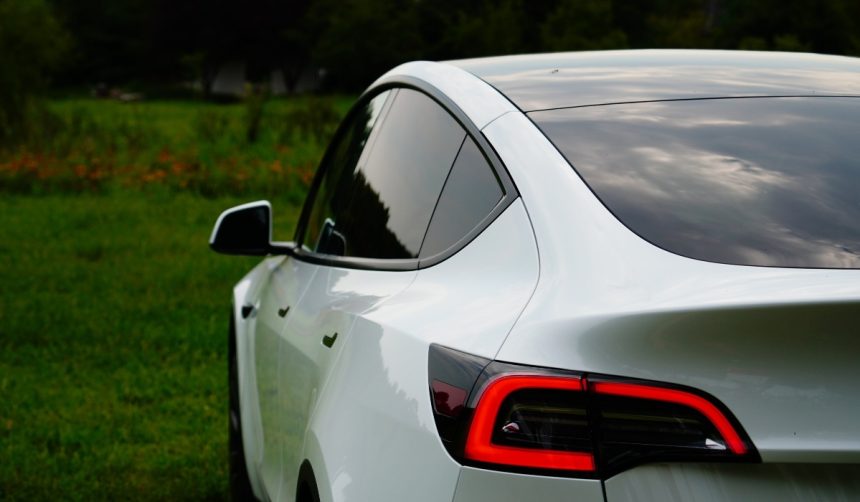Tesla has once again been rejected for government funding aimed at developing an electric vehicle charging corridor for semi-trucks on the West Coast. This marks the second denial from the Biden Administration for the project, which the company is collaborating on with California’s South Coast Air Quality Management District (SCAQMD). Tesla’s ambitious plan includes establishing multiple charging stops from California to Texas, but securing the necessary funds has proven challenging.
Tesla’s latest attempt follows their initial funding request in 2024, which was also turned down, reflecting a consistent challenge in obtaining federal support for their infrastructure projects. Previously, Tesla and SCAQMD aimed to enhance the EV network but faced similar setbacks, indicating potential hurdles in future funding rounds despite ongoing demand for electric vehicle infrastructure.
Why Did Tesla’s Funding Request Get Denied?
The Biden Administration allocated $636 million to 49 applicants, but Tesla’s proposal was not selected. The decision criteria likely involved multiple factors, including project feasibility, potential impact, and competition among numerous applicants vying for limited funds.
What Are Tesla’s Plans for the EV Charging Corridor?
Tesla aims to establish a charging corridor from Fremont, California, to Laredo, Texas, featuring nine stops in various cities. This infrastructure is intended to support electric semi-trucks, facilitating long-distance transport and promoting sustainable logistics across key regions.
Could a Change in Administration Affect Future Funding?
With President-elect Donald Trump approaching his term, there is speculation that funding priorities might shift. Analysts observe that President Trump’s relationship with Elon Musk could influence future funding decisions, potentially benefiting Tesla’s initiatives.
The recurring denial of funding poses challenges for Tesla’s expansion of electric semi-truck infrastructure. However, with a significant allocation under the Bipartisan Infrastructure Law still available, future funding rounds might present new opportunities. Stakeholders will be keenly watching the transition in the administration for potential shifts in support for electric vehicle initiatives, which could ultimately impact Tesla’s strategic plans.










